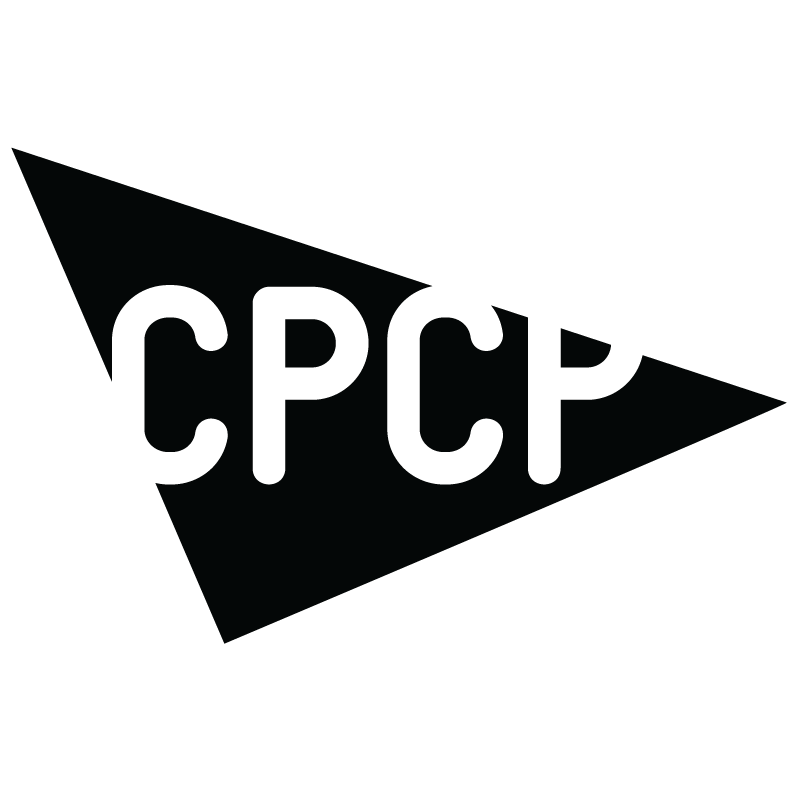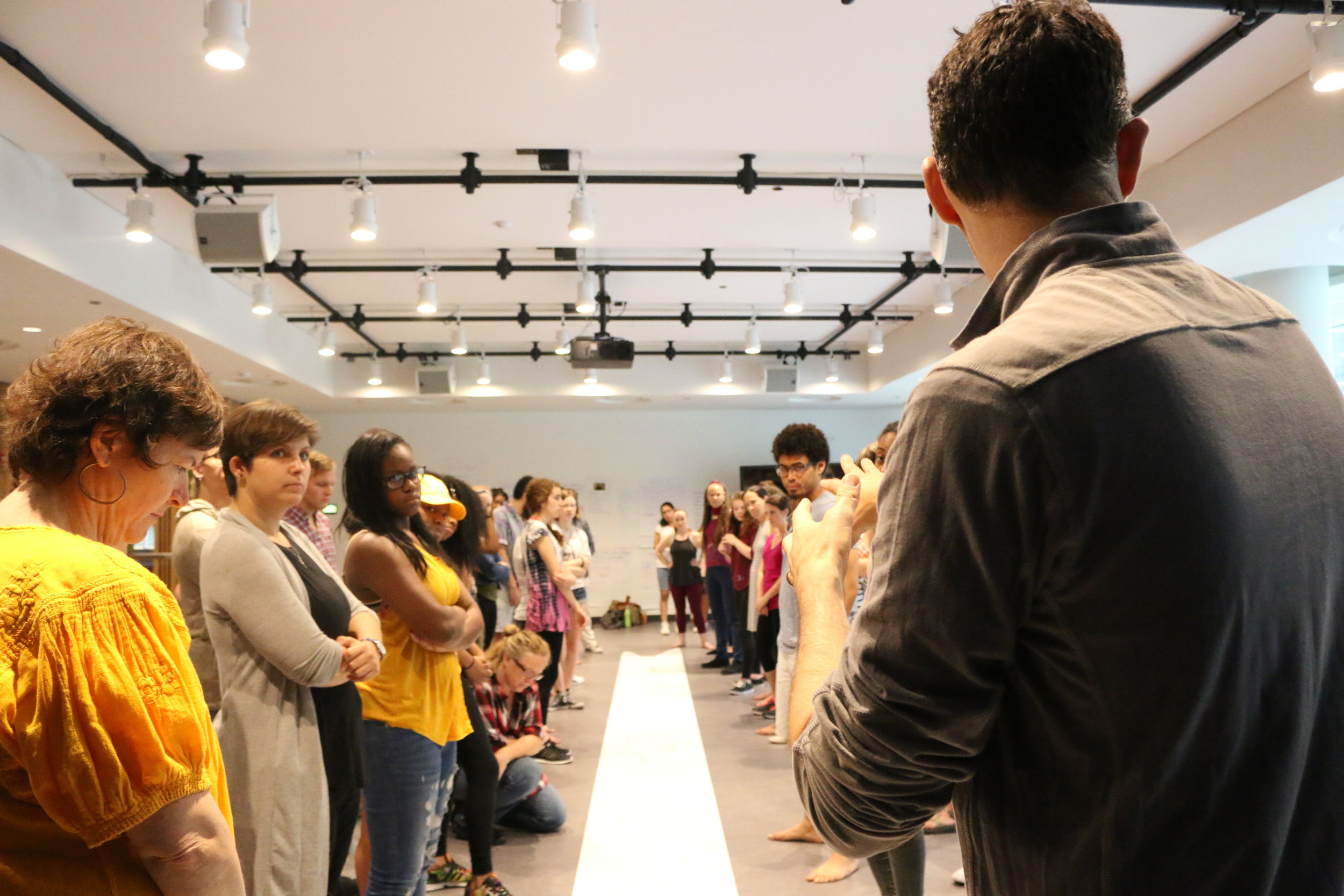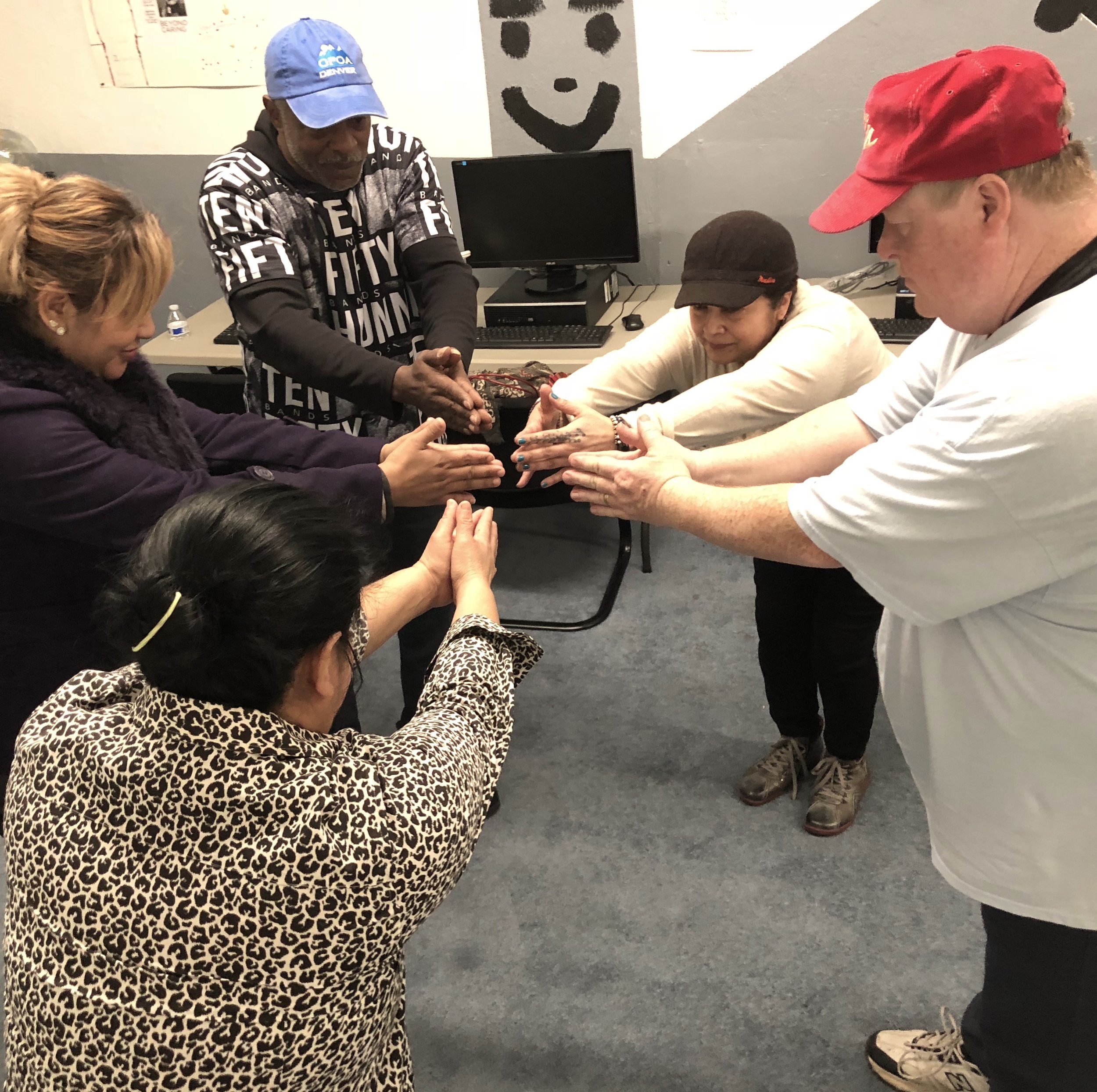Field Notes
Thoughts and observations from the Civic Practice landscape.
A note to President-Elect Joe Biden and his Transition Team
Public Health requires Public Imagination
You won, Mr. President-Elect.
You won, and we are yours to lead. But we are broken. We are broken from the contest, and we are broken from the days, weeks and months leading up to it. If you listened to Americans these last months, more than ever, you were struck by the different realities in which we live. There is no single story we all believe, nor a vision we all share. Our nation is not healthy.
To All Local Officials (and the staff who serve them),
A letter from Michael Rohd, CPCP Lead Artist for Civic Imagination
April 6th, 2020
Artists are often called on
in times of crisis and recovery
to bring their expertise to three areas-
communication, connectivity and hope.
Do that.
Work with artists to deliver messages that will save lives.
Work with artists to prevent social distancing from shredding social fabric.
Work with artists to inspire vision and help people stay strong and loving and generous.
But also..." More…
ENSEMBLE, LEARNING COHORTS, and the promise & pitfalls of technology
Today, within the universe of education, from K-12 to professional development, from community college to online certificates, the term ‘cohort model’ is frequently used to signal a commitment to progressive values around learning.
Every time I hear the word cohort, I wonder how it relates, in usage and meaning, to a word familiar in my world — ensemble. More…
the questions we ask — cpcp reflects on core capacities for arts-based, community-led transformation.
Natalie is on the Creative Placemaking team at the Toledo Arts Commission that’s working in and around the North End of Toledo. She’s an organizer committed to bringing artists and community residents together for equitable development and the local public good. In the middle of a half-day conversation CPCP was leading with Toledo Arts Commission and LISC Toledo (LISC stands for Local Initiatives Support Corporation, one of the largest organizations in the US supporting projects to revitalize communities and bring greater economic opportunity to residents), Natalie responded to a question about what success would like for her over the next year. More...
the arts, youth, and police — civic dialogue in richmond, virginia
On August 26th, I visited Round Two’s Richmond project, a partnership between Art 180 and the Legal Aid Justice Center, organized by and around the collaborative community work of artist Mark Strandquist. The project is called Performing Statistics. It conducts art-making workshops with incarcerated youth and then uses the resulting art as the foundation for a training workshop for and with law enforcement. The Richmond Police Department, through the direct leadership and participation of Chief Alfred Durham, is a collaborator, arranging and fully partnering on the training for its officers. More...
translations: cpcp update #2 / the catalyst initiative
Read on for full text.
TRANSLATIONS: CPCP UPDATE #1 / LOOKINGGLASS THEATER AND THE CIVIC PRACTICE LAB
Read on for full text.
Translations: Listening is the new Revolution
Michael Rohd shares the opening "Manifesto" at Theater Communications Group's first Audience (R)Evolution Convening.
From TCG: “The Audience (R)Evolution Convening is our first step in truly defining the full spectrum of audience development and community engagement, and sharing working models from our field and beyond.”
LEAN IN: Sojourn Theatre, Civic Practice & Catholic Charities USA
I’m standing in the St. Louis airport this Tuesday afternoon, exhausted. I’m trying to decide if I walk straight to my gate or stop for some airport food. Maybe a Five Guys burger. I’m hungry. I see, about thirty yards down the terminal, a man who looks to be in his mid-fifties walking towards me with purpose. Big strides, a smile on his face and a white collar around his neck. Thoughts of food fade. I am deeply interested in hearing what he has to say. More...
Translations: The Distinction between Social & Civic Practice and Why I Find It Useful
For me, the useful distinction between social practice and civic practice is the starting action of a project and the relationship between artist and (self-defined) non-arts partner (be that an individual or organization, constituency or alliance). Social Practice work (most of it, and most of the projects and artists you reference) initiates with an artist’s desire to explore/create a conceptual event or moment of their design. The design and/or execution may engage non-artists in any number of ways: it may leverage non-arts partners and community resources, it may intend to specifically impact the social or civic life of the context in which it occurs in measurable ways, or it may intend to exist as an aesthetic interruption from which impact is to be derived in an open, interpretive manner. But alongside whatever social or civic needs the project addresses, the leading impulse and guiding origin energy is from the artist. More...
the new work of building civic practice
Recently, my father asked me what I’m trying to do with regard to my work in Civic Practice. I told him— “I think we’ve got a lot of challenges these days, in pretty much every private and public sector in this country, and I think artists are a massive untapped resource that could help in surprising and meaningful ways.” He assumed I meant that by making plays about these challenges, artists could aim the attention of audiences at issues and potential solutions. While I love plays, and sometimes make plays, I told him that wasn’t what I meant. More...
Translations: Engaging Engagement
What does the word “engagement” mean these days? Dictionary definitions: Appointment. Employment. Battle. Synonyms include rendezvous, arrangement and tryst. Definition via personal narrative: When my wife and I got engaged, what did that word mean to us? It meant a public commitment to enact a (problematically non-inclusive) societal ritual through which we would be bound to each other as partners. It meant a desire for and acceptance of a relationship to be filled with love, challenge, generosity, support and a need for ongoing communication. More...
About Ensembles and Universities: 100 Questions, 3 Ideas, 1 Story and a Ghost
"In a university theatre program, our primary intention can’t just be to train artists—it has got to be shaping experiences and strengthening skill sets that will nurture strong agents of civic presence, bold thinkers, and empathetic human beings. To work in ensemble—
which I define in theatre practice as a collaborative community of artists working together repeatedly over time to build and share performance — you need specific skills; collaborators need to listen, and they need to make offerings; they need to make choices and be responsible for those choices; they need to articulate a strong personal vision while respecting and negotiating a space filled with multiple visions." Read the full article.
CIVIC THEATER
What do we talk about when we examine what it means to make new theater today? Craft. Career. Community. These are the substance of many conversations we have when we wrestle with what we make, how we make, and how we make a life while making. I propose that these conversations often miss the most important conversation — the one about how lives are lived outside the realm of our field, our work, and our audiences. How does the work we do impact, intersect with, and contribute to a healthy, functional democracy? More...














